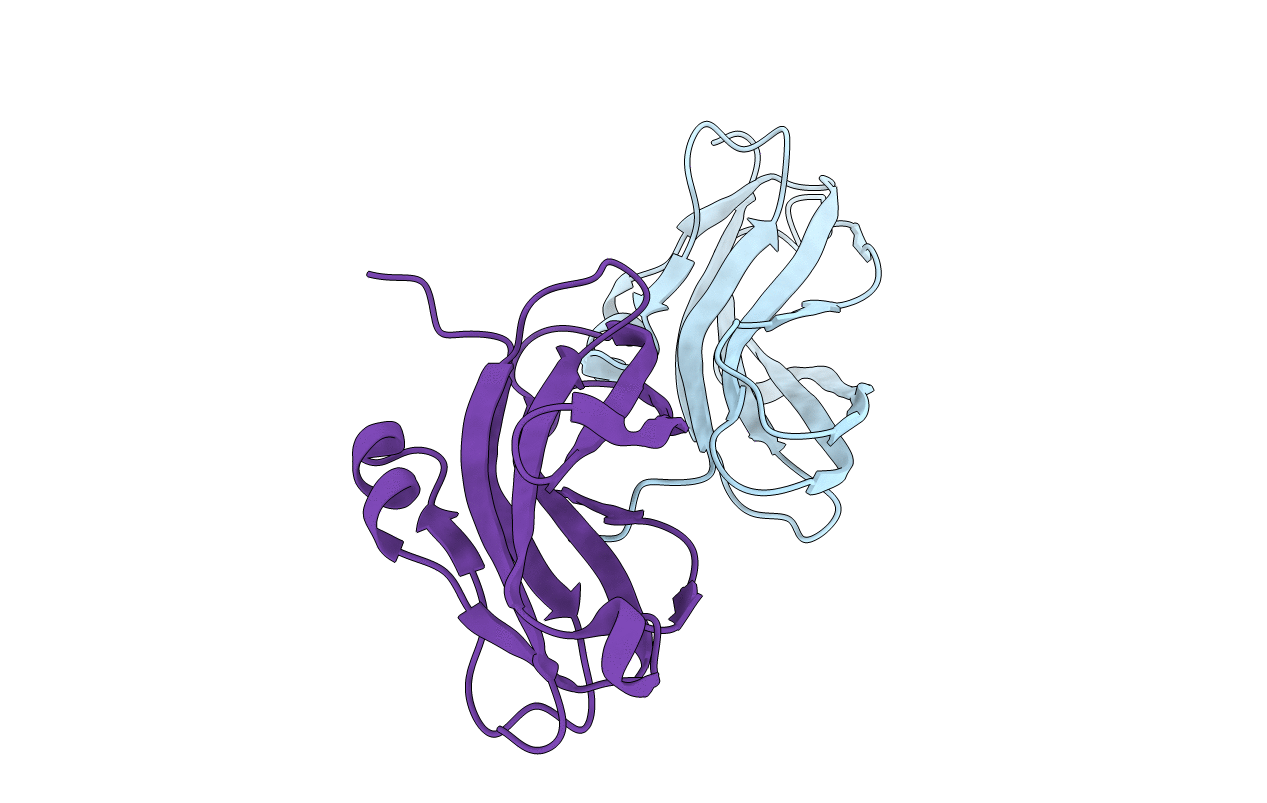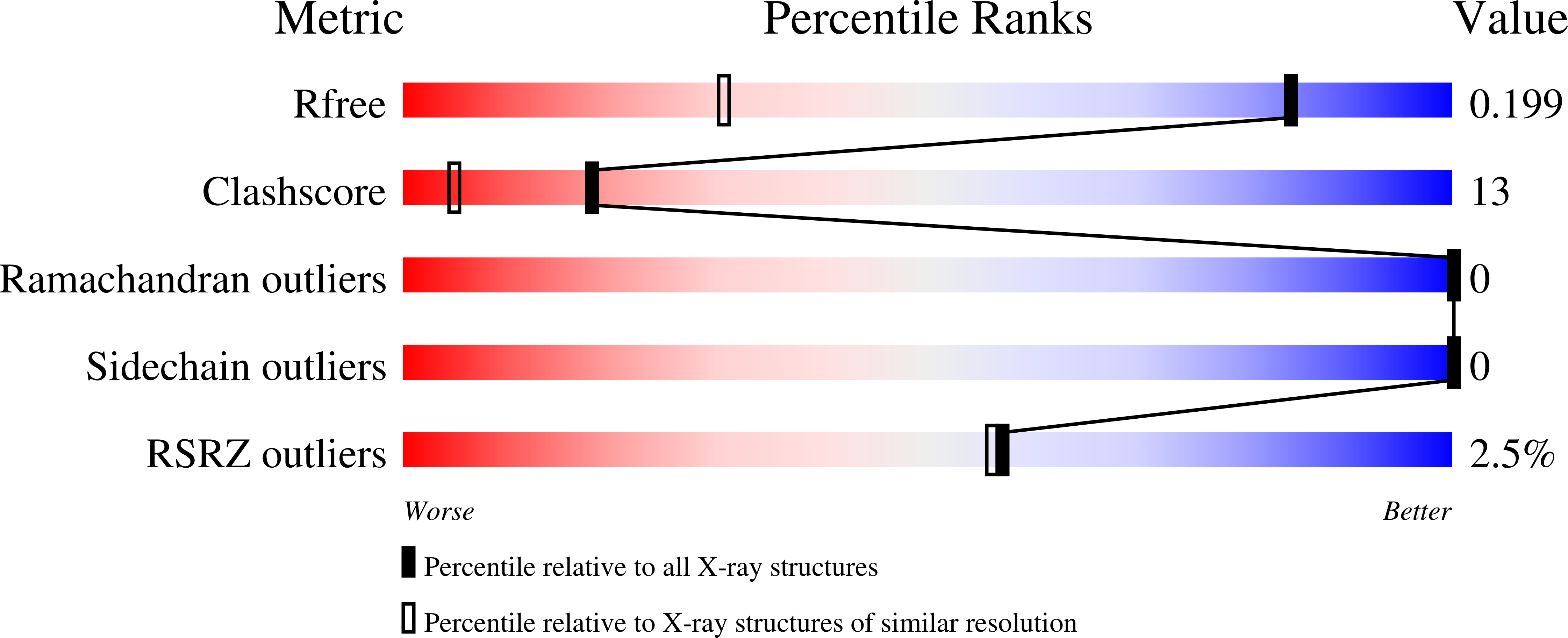
Deposition Date
2001-12-17
Release Date
2002-12-11
Last Version Date
2024-02-14
Method Details:
Experimental Method:
Resolution:
1.30 Å
R-Value Free:
0.19
R-Value Work:
0.15
R-Value Observed:
0.15
Space Group:
P 1


